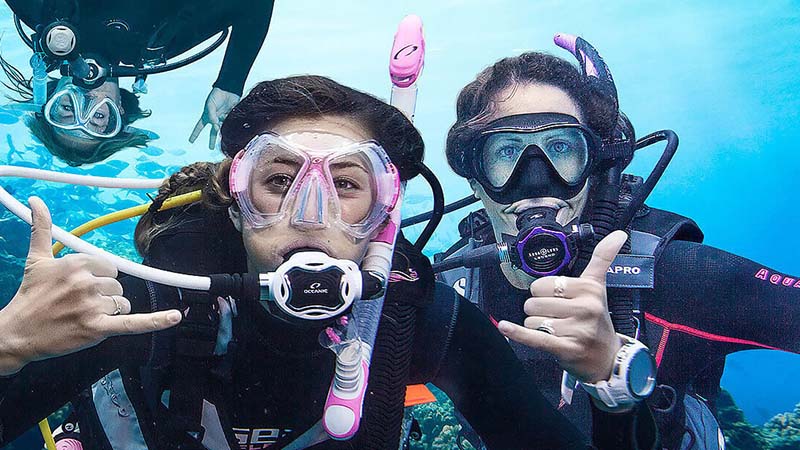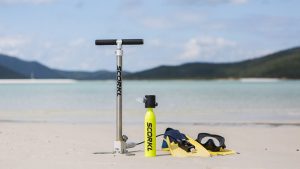Is there a simple scuba weights calculator? You will be surprised that you do not need any professional assistance to calculate how much weight you need for diving, to achieve neutral buoyancy. According to Archimedes, “Any object when fully or partly submerged in a fluid will be buoyed up by a force equal to the weight of the fluid displaced by the object.”
Why do you need to calculate your scuba weight for diving?
Well, the idea is to go down smoothly, you know, like a hot knife slices through butter. However, that is not possible when you have your buoyancy control device on, a scuba diving drysuit and other items that are generally engineered to be buoyant. That is why you need scuba diving weights to help you descend. But just how much weights do you need?
In scuba diving, for one to dive like a pro, they must be able to achieve the optimum buoyancy control. In order for a diver to be able to achieve the perfect buoyancy control, they must first learn how to conquer the buoyancy force by offsetting it with their weighting. This is in terms of the amount of weight you put in your pockets and the amount of lead on the weight belt.
You must also bear in mind that you will have other weight on you. For example, your diving knife adds weight.
Dive weights calculator
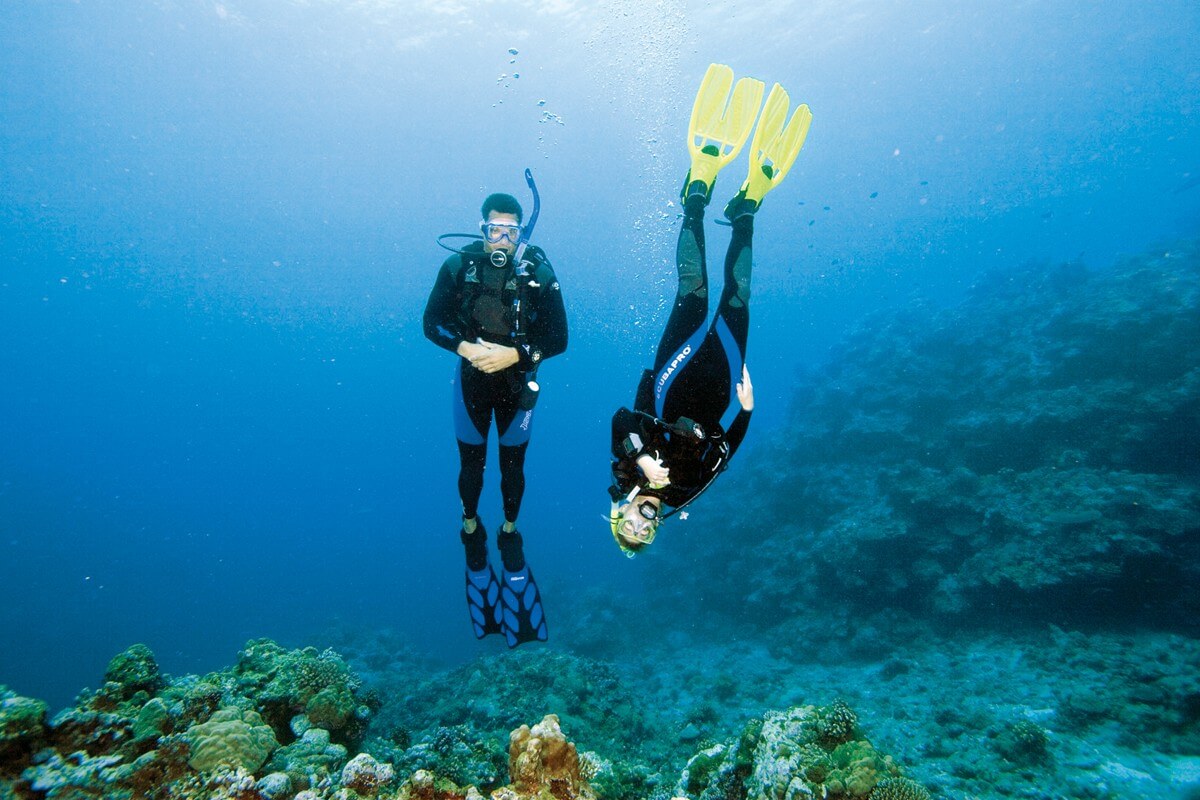
If you are able to determine just the right amount of weight that you are supposed to carry, you will be required to inflate your BCD just a little, which will translate to minimal drag and better efficiency. In addition, minimal inflation of your BC will mean that as you go deeper, the lesser the buoyancy shift and the fewer the adjustments that you will be required to make.
This therefore means that buoyancy control is a very crucial skill for every diver. Mastering how to control your buoyancy precisely will make you float and fin through any water depth without being required to use your hands.
Achieving perfect control is mostly determined by the amount of your dive weight. The amount of dive weight needed to achieve this varies from one diver to the other. However, the main goal is for a diver to carry adequate weight that will allow them to perform safely and effectively at just any given depth.
But just how do you determine the right amount of weight to counterbalance your buoyancy and achieve a neutral buoyancy?
Here is how you should do it:
Weigh Your Body – Scuba weights calculator
The first step is to weigh yourself while only putting on your swimsuit. You should do this while hanging motionless in the water in order to know the amount of weight that you will require to achieve neutral buoyancy.
For most divers, the added weight required will be equal to about 6 percent to 8 percent of their total body weight when diving in fresh water and about 8 to 10 percent when diving in salty water. More added weight will be required when diving in salty water since the water is denser.
Weigh yourself in a scuba diving suit
Put on an exposure suit preferably a scuba diving wet suit that has a thickness of more than 4mm to increase your buoyancy. Get inside the water and take your weight just as you did in the above step.
Find out the weight of your BCD
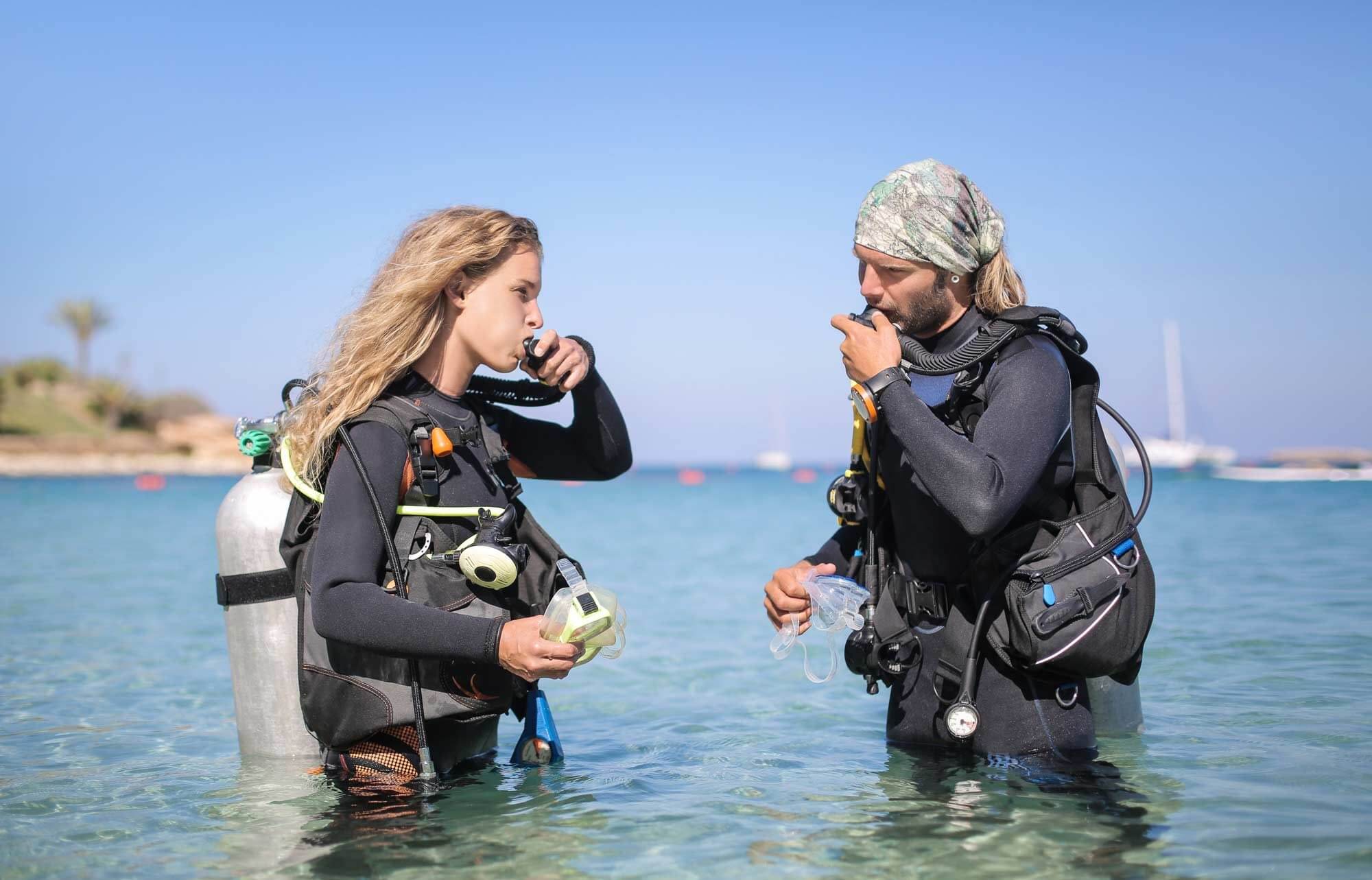
The next step after determining your body weight is to determine the weight of your BC (Buoyancy Compensator vest/jacket). BCs are a great source of buoyancy and mostly the models have a lot of padding. A few years back, BCs used to carry a standard weight of 4 pounds of buoyancy, which meant that a diver was only required to add 4 pounds of lead on their weight belt to counterbalance that. However, modern BCs feature lesser intrinsic buoyancy.
In order to determine the inherent buoyancy of your BC, immerse it in the water while opening all the exhaust valves in order to release air out of the bladder. Press the padded shoulder and back and pocket areas to release all the air.
Gently rotate the jacket to allow any air that might be trapped in to escape while taking your time to ensure that water has completely displaced all the air in the BC. When you can no longer see any bubbles, let go of the BC into the water. If your BC comes to the surface, you will have to add some more weight until it will be able to hang in the water neutrally buoyant. Ensure you keep a count of how much weight that was required to achieve that.
Scuba tank weight
In this step, you are supposed to determine the weight of your scuba diving tank. This is because different tanks differ in buoyancy features depending on their material. For example, steel tanks differ from aluminum tanks in buoyancy. The steel scuba tank maintains negative buoyancy all through the dive, whether it is empty or full. It is 3 pounds negative when it is empty and 9 pounds negative when it is full.
An aluminum diving tank on the other hand is 1.6 pounds negative when it is full and 2.8 pounds positively buoyant when it is at 500 psi. To counter these discrepancies, you have to use diving weights when using an aluminum scuba tank. Many people just prefer to use a steel tank, but then aluminum too has its advantages and wearing dive weights is much better and cheaper than buying a new tank.
Weigh the rest of dive items – Diving gear weight
Here, you will be required to take the weight of anything else that you will taking with you underwater. These may be things like scuba diving fins, diving lights, dive tank regulator and diving computer.
Gather all of them in a mesh diving bag that has neutral buoyancy and immerse the bag in water. This is to mainly determine whether the total weight of those items is positively buoyant. If the mesh bag floats on the water surface, add on some extra weight until it achieves neutral buoyancy.
Wear diving gear
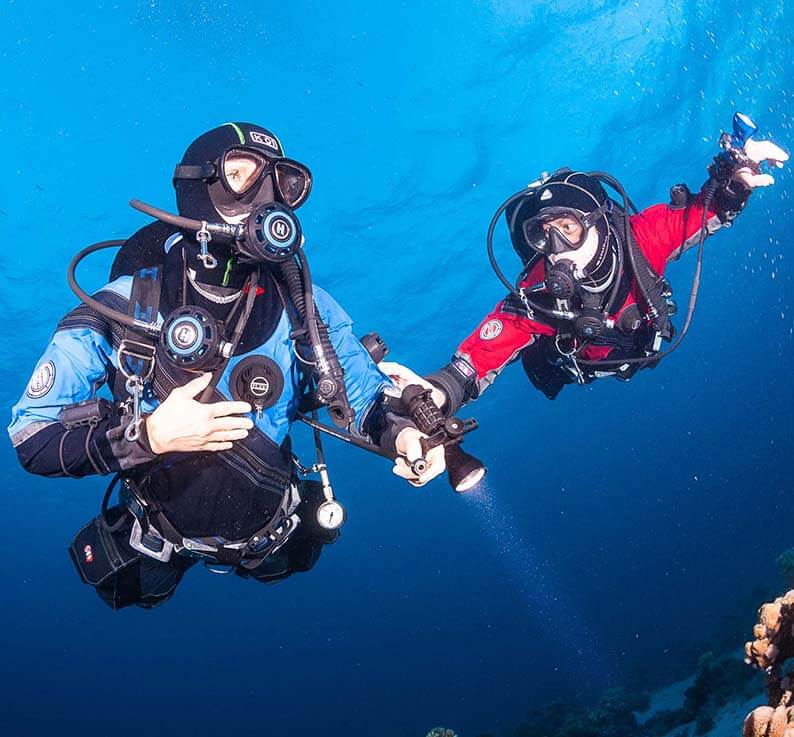
Wear all the above gear that you were weighing individually. Step into the water and check your buoyancy with all the gear on. If all goes as it is supposed to be according to the procedures undertaken above, you should be able to float in a relaxed way at the forehead level. If you exhale, you should begin to sink slowly and if you cannot sink make the correct adjustments and you will be ready to go.
Salt water vs. fresh water
If you mostly dive in fresh waters, ensure that you do your diving weight calculations in fresh waters too. The same should apply for divers who dive in salty waters such as in the oceans. If you do both, your added weight should range from 4 to 7 pounds from fresh water to salty water.
Other tips
When your gear contains little neoprene or none at all, your buoyancy will minimally be affected by depth. This means that you can reduce your weight without increasing your positive buoyancy too much when going up. Neoprene on the other hand compresses with depth, thus changing your buoyancy. Therefore, you will be required to be adjusting your buoyancy by inflating or deflating your BC at different water depths.
You do not need professional assistance for scuba weights calculator. This, as you have no doubt seen here, is something that you can do on your own. Should you calculate your scuba weights requirements every time you are diving? Not really. Once you know your buoyancy with all the gear on, you can know whether to add or remove weights.

